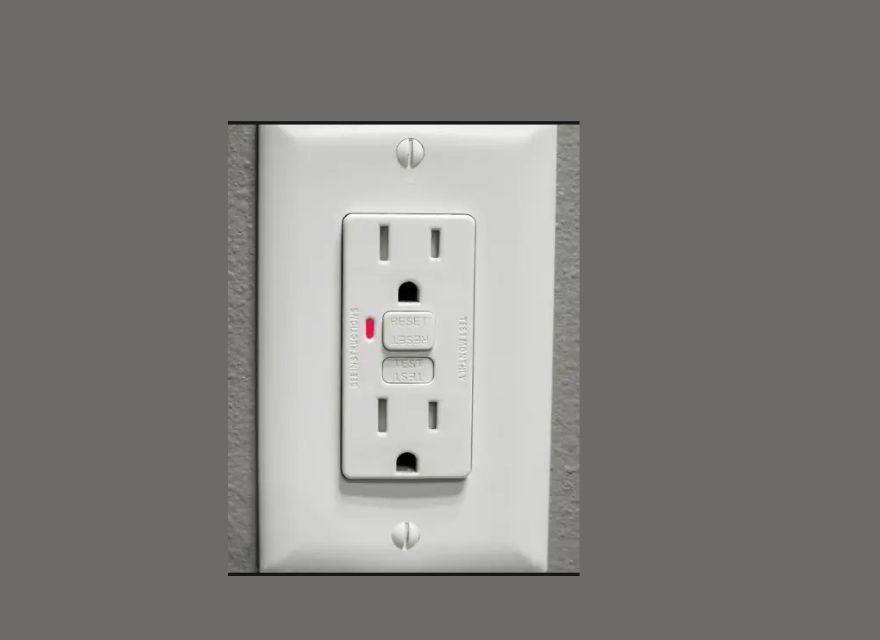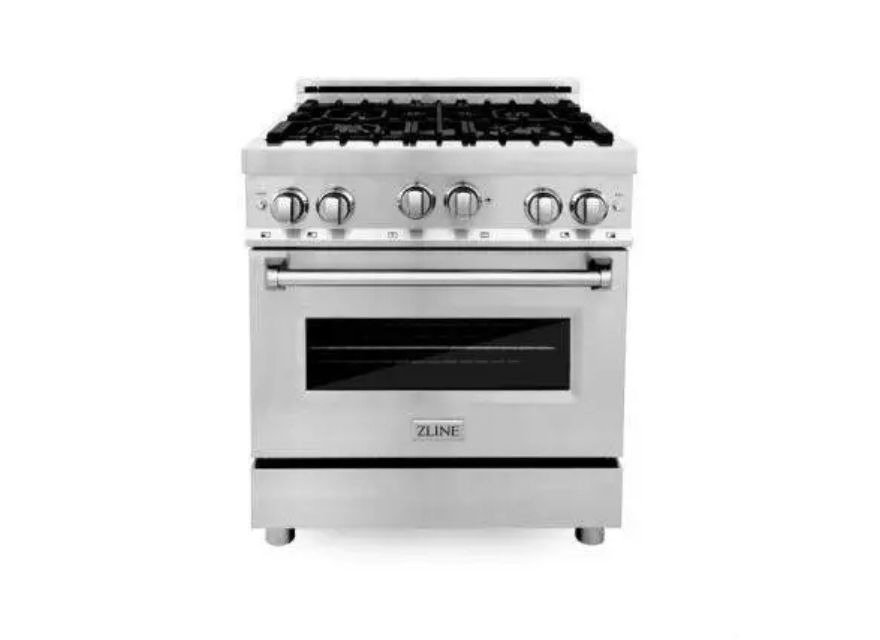GFCI PLUGS- HOW DO THEY PROTECT US?

Home inspections are an important step in the process of buying or selling a home, as they provide a thorough examination of the property and help identify any potential issues or concerns. One aspect of a home inspection that is often overlooked is the importance of GFCI (Ground Fault Circuit Interrupter) protection. In this article, we will discuss what GFCI is, where it should be installed, and the safety benefits and building code requirements associated with this important safety feature.
What is GFCI?
A GFCI, or ground fault circuit interrupter, is a type of electrical safety device that is designed to protect people from electrical shock. It does this by monitoring the amount of current flowing through a circuit and quickly shutting off power to the circuit if it detects an imbalance, which can indicate a ground fault or leakage of current. GFCIs are commonly found in areas of a home where electrical shock hazards may be present, such as kitchens, bathrooms, and outdoor areas.
Where Should GFCIs be installed?
GFCIs are typically required in areas of a home where electrical shock hazards may be present, such as bathrooms, kitchens, laundry rooms, basements, garages, and outdoor areas. According to the National Electric Code (NEC) in the US, GFCI protection is required for all 125-volt, single-phase, 15- and 20-ampere receptacles in the following locations:
- Bathrooms
- Kitchens
- Garages
- Outdoors
- Unfinished basements
- Laundry areas
- Boathouses
- Commercial kitchens
- Rooftops
- Crawl spaces
- Any other location that is near water or damp area
Safety Benefits and Building Code requirements
According to the British Columbia Electrical Code Safety Benefits and Building Code Requirements,GFCI protection is required for electrical receptacles and equipment located within 1.5 meters (or 5 feet) of a water source, including sinks, bathtubs, showers, swimming pools, hot tubs, and spas,
Can One GFCI plug protect others?
Yes, a GFCI (Ground Fault Circuit Interrupter) plug can protect other plugs in the home.
A GFCI plug is designed to detect small differences in the current flowing through the hot and neutral wires of an electrical circuit. If it detects such a difference, it will quickly shut off the power to the circuit to prevent electrical shock.
When a GFCI plug is installed, it can be connected to other outlets on the same circuit, called downstream outlets. When connected in this way, the GFCI can protect all downstream outlets by monitoring the current flowing through the circuit and shutting off power if it detects a ground fault or leakage of current.
It’s worth noting that GFCI protection can be installed as circuit breaker, receptacle or portable device. It’s important to know that to have an entire circuit protected, it must be connected to the GFCI, and all the receptacles on that circuit must be labeled as “GFCI Protected” and “No Equipment Ground”.
Do GFCI’s need maintenance ?
It’s worth mentioning that GFCIs should be tested periodically to ensure that they are functioning properly, and that the GFCI breaker should be reset if it trips. Additionally, it is essential that all GFCI protected outlets must be labeled as such and that no equipment ground should be connected to them.
In conclusion, GFCIs are an important safety feature that should not be overlooked during a home inspection. They provide added protection against electrical shocks and electrocutions, and are required by building codes in certain areas. Homebuyers and sellers should be aware of the importance of GFCIs and the safety benefits they provide. It is always best to consult a licensed electrician for specific guidance for your home.



